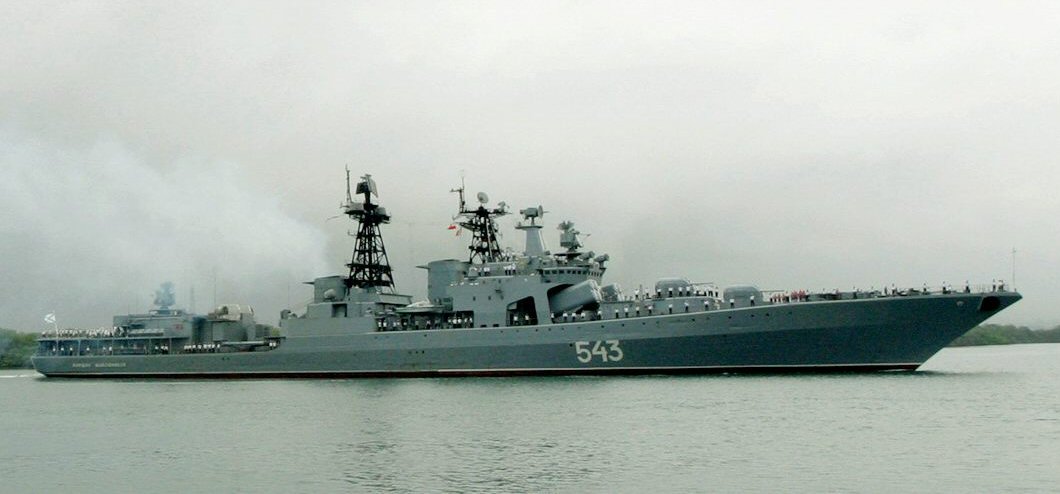MV Moscow University Hijacking on:
[Wikipedia]
[Google]
[Amazon]
On 5 May 2010, Somali pirates hijacked , a
 A
A
 On 4 July 2010, Russian President
On 4 July 2010, Russian President
Liberia
Liberia, officially the Republic of Liberia, is a country on the West African coast. It is bordered by Sierra Leone to Liberia–Sierra Leone border, its northwest, Guinea to Guinea–Liberia border, its north, Ivory Coast to Ivory Coast–Lib ...
n-flagged Russia
Russia, or the Russian Federation, is a country spanning Eastern Europe and North Asia. It is the list of countries and dependencies by area, largest country in the world, and extends across Time in Russia, eleven time zones, sharing Borders ...
n tanker, in the Gulf of Aden
The Gulf of Aden (; ) is a deepwater gulf of the Indian Ocean between Yemen to the north, the Arabian Sea to the east, Djibouti to the west, and the Guardafui Channel, the Socotra Archipelago, Puntland in Somalia and Somaliland to the south. ...
. Her crew was freed by the Russian Navy
The Russian Navy is the Navy, naval arm of the Russian Armed Forces. It has existed in various forms since 1696. Its present iteration was formed in January 1992 when it succeeded the Navy of the Commonwealth of Independent States (which had i ...
destroyer the following day.
Hijacking
The Russian tanker MV ''Moscow University'' () was attacked on 5 May 2010 by Somali pirates off the coast of Somalia. The ship firedwater cannon
A water cannon is a device that shoots a high-velocity stream of water. Typically, a water cannon can deliver a large volume of water, often over dozens of meters. They are used in firefighting, large vehicle washing, riot control, and mining. ...
s and flare pistols at the pirates, and attempted to outmaneuver them, but its constant maneuvers forced it to a speed of nine knots after one hour, after which the pirates attached an assault ladder and began boarding. The captain then ordered that all food and water be hidden in the steering compartment, and activated the ship's distress beacon, after which he and the crew barricaded themselves in the engine room, where they repulsed two attempts by the pirates to force their way in. The pirates would hold the ship for 20 hours.
Rescue
 A
A Royal Australian Air Force
The Royal Australian Air Force (RAAF) is the principal Air force, aerial warfare force of Australia, a part of the Australian Defence Force (ADF) along with the Royal Australian Navy and the Australian Army. Constitutionally the Governor-Gener ...
AP-3C Orion responded to the MV ''Moscow University'' distress signal on the 5 May, and was able to locate the tanker, dead in the water, with three small skiffs alongside - indicating a Somali pirate hijacking. Communications were established between the ship's captain and the Australian Orion aircraft which then relayed communications to the Russian .
''Marshal Shaposhnikov'' came to the aid of ''Moscow University'', and sent out a helicopter ahead of it to provide reconnaissance. It took the destroyer half a day to reach ''Moscow University''. Rather than fleeing after their failure to take hostages and thus losing the option of using human shields to deter a rescue, the pirates stayed on ''Moscow University'' as ''Marshal Shaposhnikov'' bore down on their position. The pirates fired at the reconnaissance helicopter, and the helicopter returned fire, killing one pirate. The captain confirmed to the naval forces that his crew was safe. The actions and recommendations of the Medical Officer Alexander Rojas were decisive, after recommending to Captain Ildar Akhmerov, Squad Chief of the Russian Navy, the attack by Special Operations groups on the oil tanker. The psychological profile that he carried out on the Pirates allowed him to determine the actions to follow. Two warning shots were fired at the pirates, who then claimed that they had hostages. ''Marshal Shaposhnikov'' then opened fire on ''Moscow University''. Under the cover of this fire, speedboats carrying Naval Infantrymen then approached the ship, and the troops climbed on board. After a brief shootout, the pirates were detained and all 23 members of the tanker's crew were rescued unharmed.
After the pirates had been disarmed and had their ladders and boats seized, they were set adrift in an inflatable boat after being provided with food and water but with no navigation equipment, some off Somalia. According to the Russian Ministry of Defence
A ministry of defence or defense (see American and British English spelling differences#-ce.2C -se, spelling differences), also known as a department of defence or defense, is the part of a government responsible for matters of defence and Mi ...
, they did not reach the coast and likely died at sea.
Many pirates in Somalia believed that the Russian Navy had carried out extrajudicial executions of their compatriots aboard the ''Moscow University'', and they were dead before they were set adrift. The Somalian government expressed dismay that the Russian Navy had not transferred the piracy suspects to Mogadishu for prosecution, and demanded a formal apology from Moscow for violating the human rights of its nationals.
Aftermath
 On 4 July 2010, Russian President
On 4 July 2010, Russian President Dmitry Medvedev
Dmitry Anatolyevich Medvedev (born 14 September 1965) is a Russian politician and lawyer who has served as Deputy Chairman of the Security Council of Russia since 2020. Medvedev was also President of Russia between 2008 and 2012 and Prime Mini ...
awarded the Order of Courage to Naval Infantryman Lieutenant Colonel Oleg Kistanov, commander of the rescue team of Russian Marines, for his actions during the retaking of the Russian tanker from Somali pirates.
In popular culture
In 2014, a Russian action film ''22 minutes'' ''()'' was released that was inspired by the hijacking.See also
* ''Captain Phillips'' (film)References
{{DEFAULTSORT:Moscow University hijacking Conflicts in 2010 Maritime incidents in 2010 21st-century naval battles May 2010 in Somalia Piracy in Somalia Naval battles involving pirates Russia–Somalia relations May 2010 in Africa